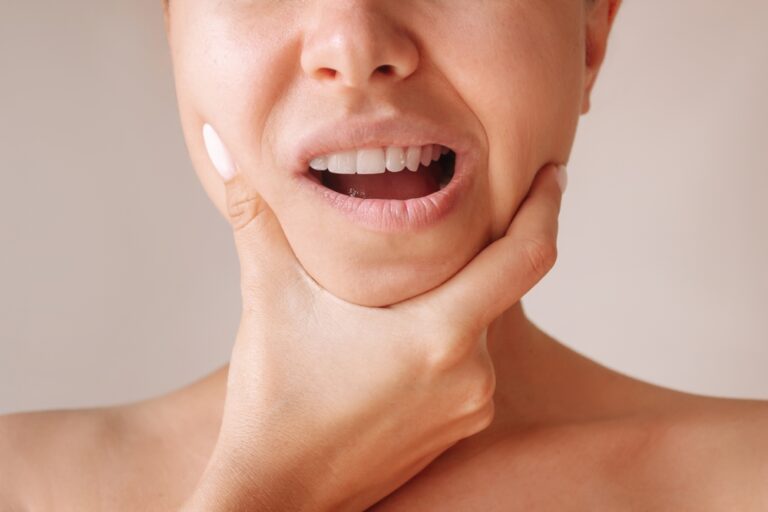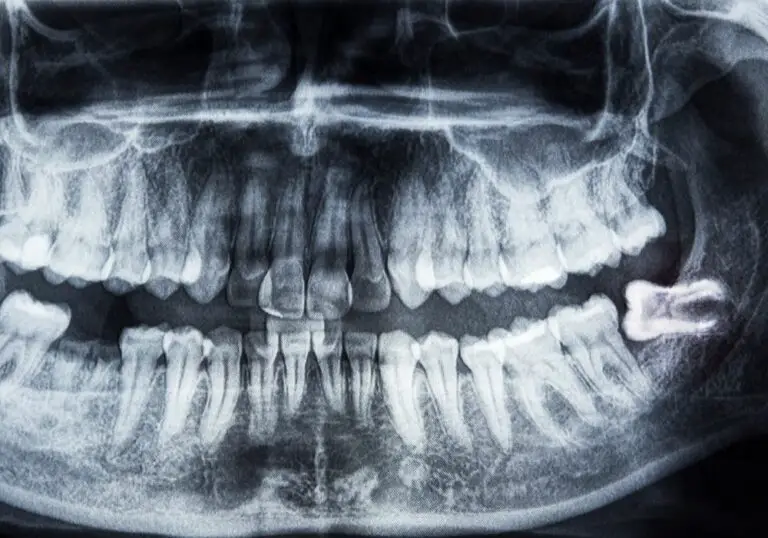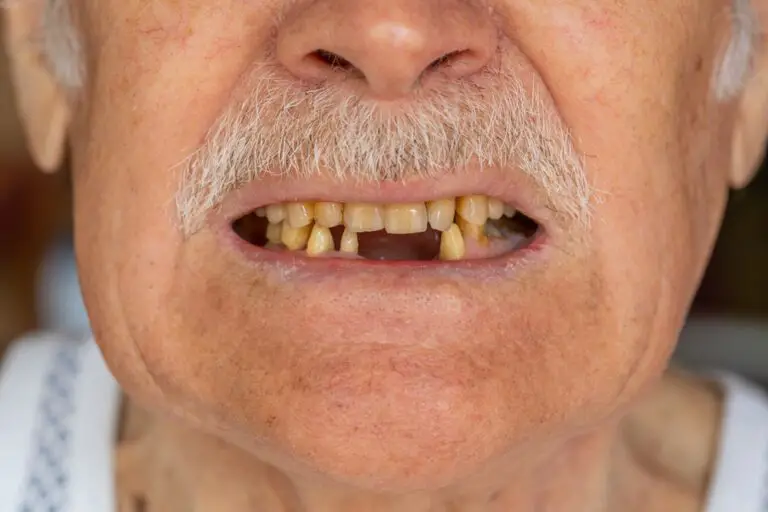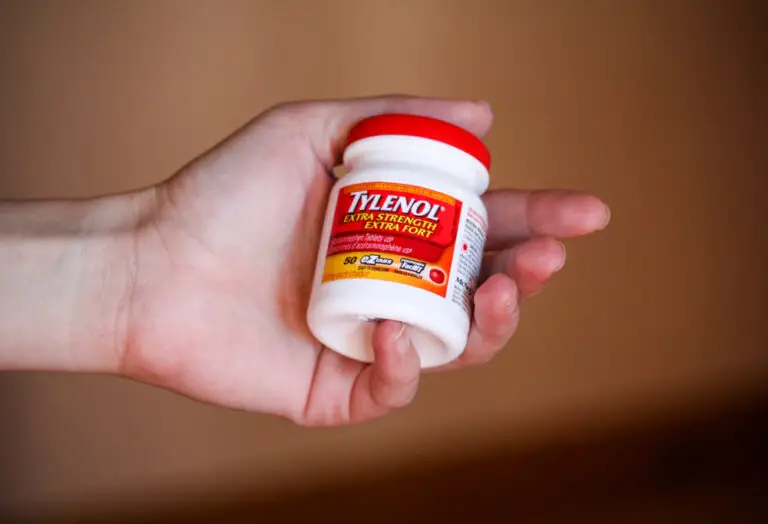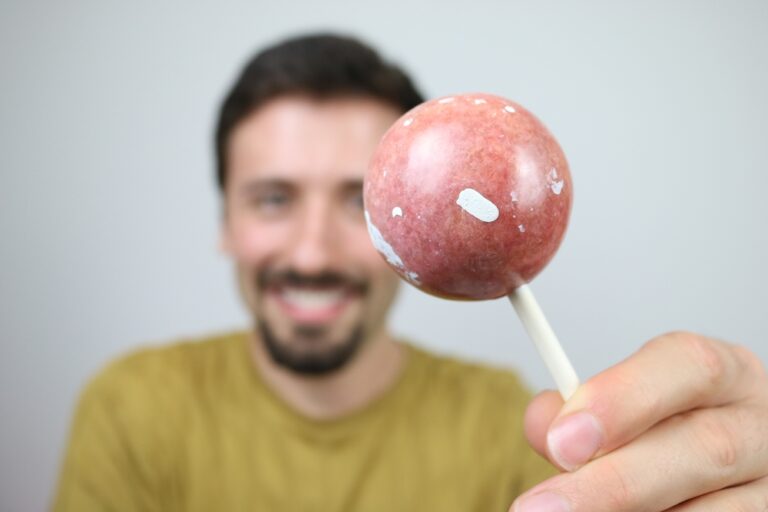If you are a first-time parent you are likely to have dozens of questions about your baby’s development. Even parents who are no longer first-timers might have new questions popping up with their other children as every child develops differently.
Common questions parents have concerned the tooth development in babies. When do babies get their first teeth and how many teeth should a toddler have? While all babies are different, their dental development generally follows the same order and timeline.
Continue reading to find answers to your questions about baby teeth development.
What Age Will Babies Get Their First Teeth?
The first baby tooth will generally erupt when the baby is around six or seven months old. However, if your baby has not had their first tooth by seven months old, this is nothing to worry about. Some children simply develop their teeth a little later. Just like children learn to walk or talk at different ages.
Predicting baby tooth eruption is difficult. Some babies can have teething symptoms for several months before the tooth finally erupts, while other babies will show no noticeable symptoms. Teething symptoms can also vary from one tooth to the next, with some being much easier than others.
Names of Teeth
You will find a table with the teeth development timeline a little further in the article. First, it may be useful to refresh the names of the different teeth.
- Incisors are the front teeth and they have thing cutting edges. When we eat, the incisors on the lower and upper jaws come together to cut the food.
- Canines are the pointy teeth next to the incisors. We use these teeth to tear food.
- Premolars are next to canines. They have flat surfaces for crushing food.
- Molars are bigger than premolars. They also have flat surfaces but they are broader and we use them to chew food.
How Many Teeth Should Toddlers Have?
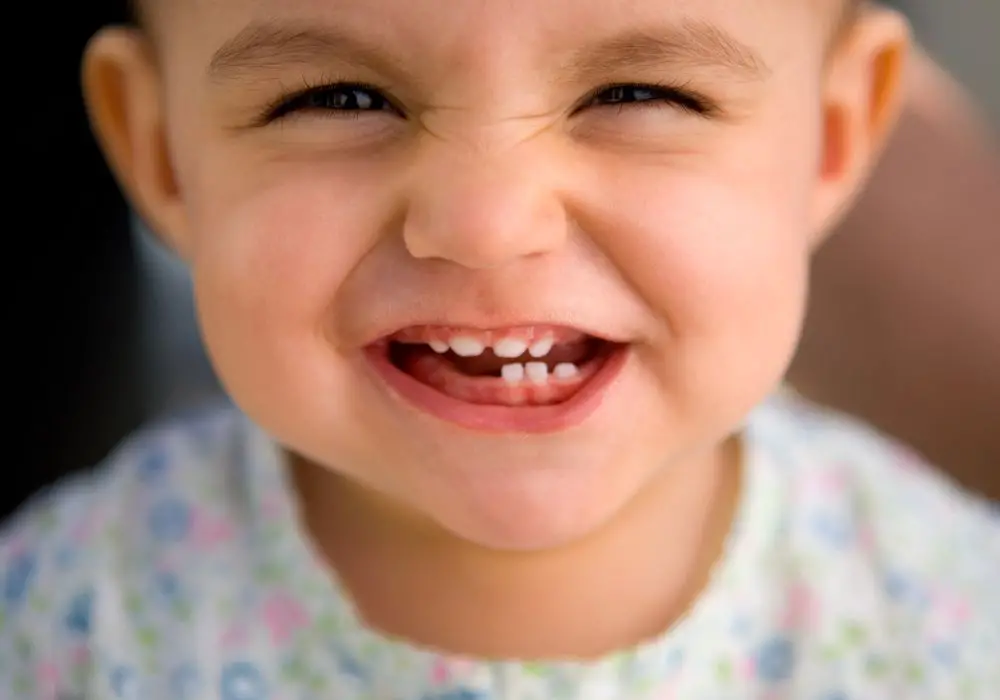
Generally, children are considered to be toddlers from their first birthday until they are three years old. By the time their first birthday comes around, most children will have both their upper and lower front teeth.
You can find a more detailed timeline of the baby tooth (also called deciduous teeth) eruption below. We have also included a timeline for when the children are likely to lose their primary teeth and grow their permanent teeth. While the exact timing will vary from one child to the next, the teething order is more consistent.
| Type of Tooth | Primary Teeth (months of age) | Adult Teeth (years of age) |
| Lower central incisor | 6-10 months | 6-7 years |
| Upper central incisor | 8-12 months | 6-7 years |
| Upper lateral incisor | 9-13 months | 7-8 years |
| Lower lateral incisor | 10-16 months | 7-8 years |
| Upper first molar | 13-19 months | 9-11 years |
| Lower first molar | 14-18 months | 9-11 years |
| Upper canine (cuspid) | 16-22 months | 9-12 years |
| Lower canine (cuspid) | 17-23 months | 9-12 years |
| Lower second molar | 23-31 months | 10-12 years |
| Upper second molar | 25-33 months | 10-12 years |
How Many Teeth Should a Three-Year-Old Have?
Most children will have a full set of twenty baby teeth by the time they have their third birthday. While they are called baby teeth, these teeth last several years until they begin to fall out and are replaced by permanent teeth.
Most children will lose their first tooth when they are six or seven years old. However, for some, this will be sooner, for others later and if your child was late developing their first teeth, it does not mean they will be late developing permanent teeth.
For most children, the process of replacing their baby teeth with adult teeth takes around five to six years. But this could take longer so again there is no need to worry if your dentist says your child is still waiting for more teeth to come through. Sometimes, the final teeth will not come out until they are already past their teenage years.
What is the Teething Process Like?
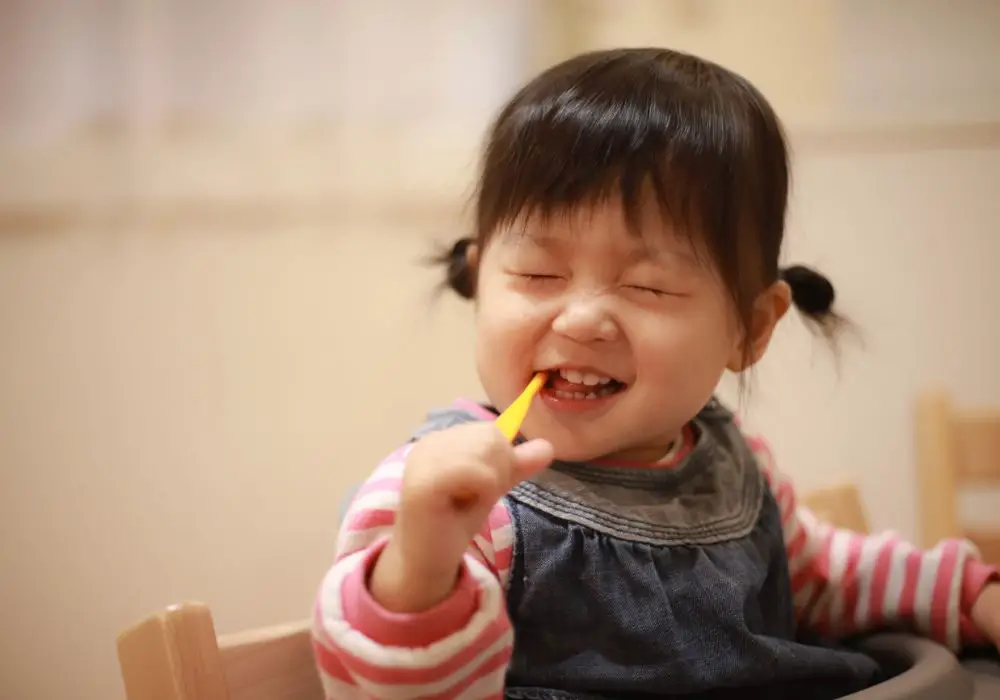
When children get to about six months old, they begin to develop their first teeth. On average, teething takes about eight days. When your child is teething you may see a blue-grey bump on the gum. This is the eruption cyst, which can appear where the tooth is coming out. Usually, it will disappear on its own.
While children are teething, for about four days before the tooth comes out and three days after, it may be challenging to keep your child comfortable. Below are some tips on how you can try to make the teething process easier.
Massage
You can give the gum a massage. Use either your own finger or a clean wet cloth to gently massage around the area where the teeth are forming.
Chilled Teething Rings
Giving your baby teething rings that have been chilled but not frozen, can relieve the discomfort in their gums. Only sterilize the rings if the instructions from the manufacturer say so and check the product details before you buy. Avoid teething rings that have an ingredient called di isononyl phthalate, which is a plastic softener.
Teething Biscuits
You can also give your child sugar-free teething biscuits or unsweetened teething rusks. Chewing on them can soothe their gums. However, you can only give them to infants who have already begun to eat solid foods and only when they are at least six months old.
Pain Medication
If your child cannot get comfortable and they are unable to rest and sleep, you can give them pain-relieving medication. Paracetamol usually works well for young children, while they will not tolerate ibuprofen as well. You might like to discuss any pain medication with your child’s physician first.
Keep Their Skin Dry
When children are teething, they often drool a lot. If the skin around the mouth and the chin is constantly wet, it may become irritated. Try to keep their skin as dry as possible by wiping the drool away using a soft cloth.
When to See a Dentist?
If your child has had no teeth erupting and is showing no signs of teething when they reach their first birthday, it is advisable to make an appointment to see a pediatric dentist. You should also take your child to the dentist if the eruption cyst does not disappear on its own.
Caring For the First Teeth
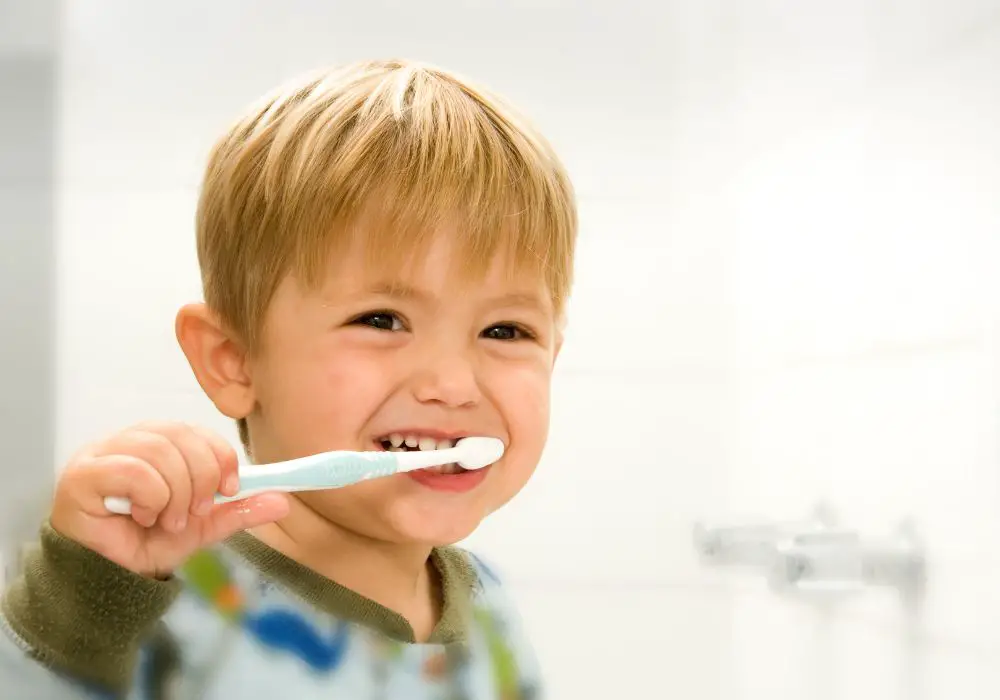
Caring for baby teeth is just as important as caring for adult teeth. It will prevent dental cavities and other oral health issues from developing. Here is how to look after your baby’s teeth.
Brush Regularly
Children’s teeth need to be brushed twice a day as soon as the first tooth has come out. The toothbrush can be manual or electric but should have real bristles rather than rubber. Rubber bristles are great for massaging the gums but not so effective at cleaning the teeth.
Give Them Foods and Drinks With Low-Sugar
Almost a quarter of toddlers have cavities and the main cause is believed to be sugary foods and drinks. You should not give babies under one any juice and with toddlers no more than four ounces of fruit juice per day. Always read food and drink labels and avoid beverages that have been sweetened.
Use Fluoride Toothpaste
The recommendation for using fluoride toothpaste used to be to wait until the child could spit it out, usually around the age of three or four. However, the recommendation has changed and the American Academy of Pediatrics recommends using a tiny bit, about the size of a rice grain, once the first tooth has appeared, gradually increasing to a pea-sized amount.
As soon as you start using toothpaste and your child can follow instructions, encourage them to spit the toothpaste out and not swallow or rinse. When your child is six years old, you can switch to adult toothpaste.
Floss
Keeping the gaps between teeth clean is important too and you should start flossing your child’s teeth as soon as they have teeth that touch. You can start teaching your child to floss their own teeth when they are about six years old.
Visit The Dentist Regularly
You should book your child’s first appointment with the dentist when they get their first tooth or have their first birthday, depending on which happens first. You then need to visit the dentist regularly so they can monitor the development of your child’s teeth and catch any issues early.
Conclusion
All children develop at different rates and this includes developing their first teeth. While the usual age to see the first teeth come out is around six to seven months, some babies will have them coming out sooner, others later. However, if your child still has no erupted teeth when they turn one, you should take them to a pediatric dentist.
As soon as your child gets their first teeth you need to start looking after them. Brush the teeth twice a day and start flossing when they have teeth that touch each other. Remember to take your child to a dentist regularly, so they can monitor the development of the child’s teeth.

